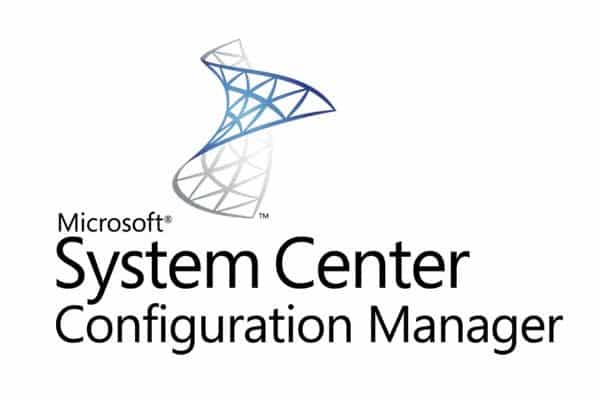Estimated reading time: 2 minutes
If you are looking at doing some housekeeping on your Application Catalog within SCCM for user requests then you will find that there is not a Microsoft supported why of doing this.
This has been causing us problem recently having approved software for a user and then the users going onto different machines and installing the software on various machines. This becomes an issue if the software they are using is licensed per machine and very expensive. Your friendly IT Department then have to go and uninstall the software and sort everything out!
So, what can you do?
This method is not supported by Microsoft and most Microsoft geeks will tell you not to do this, but it works and if you are willing to chance it then go for it. But, before doing anything, make a backup of your SCCM database so you can go back in case it all goes wrong!
You should open up your SQL console and we will need to edit the following table within your SCCM database:
UserApplicationRequests
First of all, you can run a SQL statement against your SCCM database to see what is in the table, to do this, run this SQL script:
SELECT * FROM UserApplicationRequests
In this table, you will see your users information and the details of their software request from the Application Catalog. In the CurrentState column, this will give you the current state of the request. Each number is represented as per below:
1 – Requested
2 – Cancelled
3 – Denied
4 – Approved
From here, you can now change the status of the requests, like changing an Approved request (4) to a Denied request (3) – this means that the person that has requested the software that had previously had it approved, will now not be able to install the software on any machine.
If you want to completely clean up your requests, you can delete all the information in this table.
Feedback
If you have any questions or comments on this guide, then please feel free to leave us a message using our comments system below.
Share this content:
